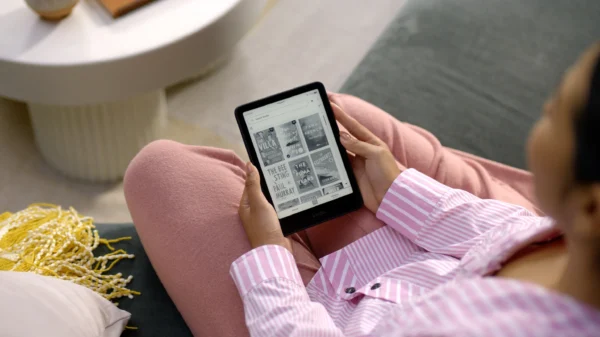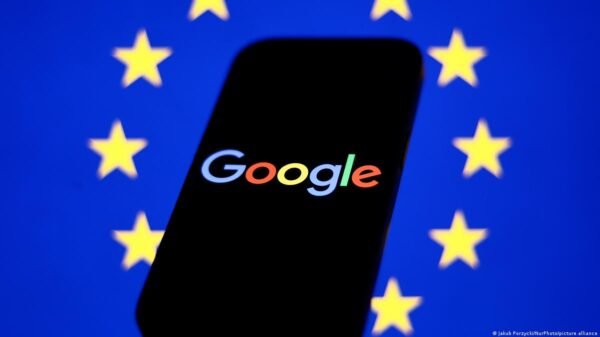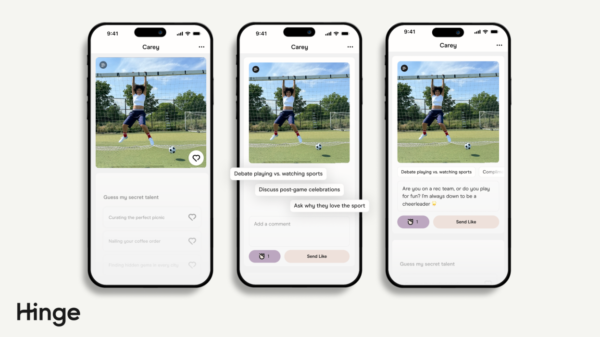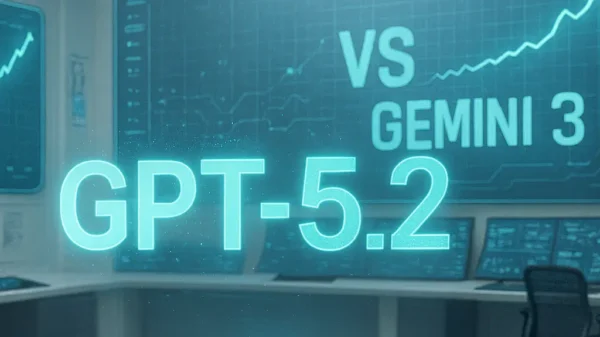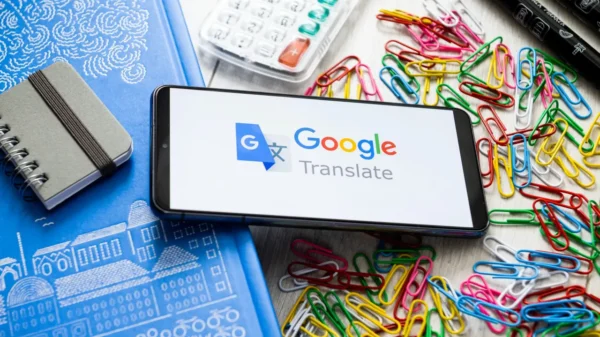Google’s smartphone, known as the Google Pixel, has turned the heads of consumers around the world as it became a direct competitor to the likes of Apple and Samsung in the first iteration of its smartphone. With its stellar performance, coupled with a high-quality camera and Android 7.0 Nougat experience, both critics and fans alike have positively reacted to the Pixel, suggesting that Google will successfully transition into smartphone manufacturing. Compared to the rest of the oversaturated Android market, the Google Pixel gives consumers a breath of relief and a chance to experience a much smoother function on an Android phone.
But, although the first generation of the Google Pixel has seen very positive reviews, there is still room for improvement. Google has decided that the best way to improve is to understand the consumer’s perspective. As a result, Google is now asking for user feedback to determine what the second generation of the Google Pixel should improve upon. By doing this, Google can tailor the Google Pixel to be focused on what the consumers would want to see, giving Google the advantage in the credibility it will gain.
To do this, Krishna Kumar, Google’s Product Lead for Pixel, posted a design feedback request on the community forum for Pixel, along with an exclusive CNet special report that showcased the very difficult design process. The thread on the forum was quickly closed due to an overflow of comments. Giving the consumers the opportunity to reflect on the Google Pixel has given Google enough ideas to implement into the next iteration of Google Pixel.
The main concern for many users was the lack of water-resistance. While the Pixel is IP53 certified, meaning that it can withstand the effects of a minimal amount of water splashing on the screen. While this may be reasonable for most consumers when the Pixel had been released, Apple had an IP67 certification and Samsung had an IP68 for their respective smartphones, putting Google at a rather significant disadvantage compared to its direct competitors.
Another major concern many consumers had was the size of unused bezels. Google could have saved a major portion of space if they had placed a dual front-facing speaker, similar in style with the Nexus 6P. Discussing speakers, many consumers also expressed their concerns over the lack of quality of audio on the Pixel. Compared to the Nexus 6P, the Google Pixel was missing a solid set of speakers, or speakers that were functional in the first place. The Pixel’s speaker outputted a sort of crackling sound when pushed to the limits, even with headphones plugged in. Google is now in the process of fixing this hardware issue to prepare for the second generation of the Pixel.
The limited availability and the expensive price tag of the Google Pixel had also deterred many people from even bothering to buy it. Although it did not relate to the design of the Pixel, user suggestions regarding creating more product while selling for less gives Google an idea that many people were interested in the product but we discouraged from buying the Pixel for these two reasons.
Although there are many flaws in the Google Pixel, by looking for user feedback on the Pixel, Google has shown the consumers that it cares about the feedback that will hopefully be well-received and used in the development of the second generation of the Pixel.

